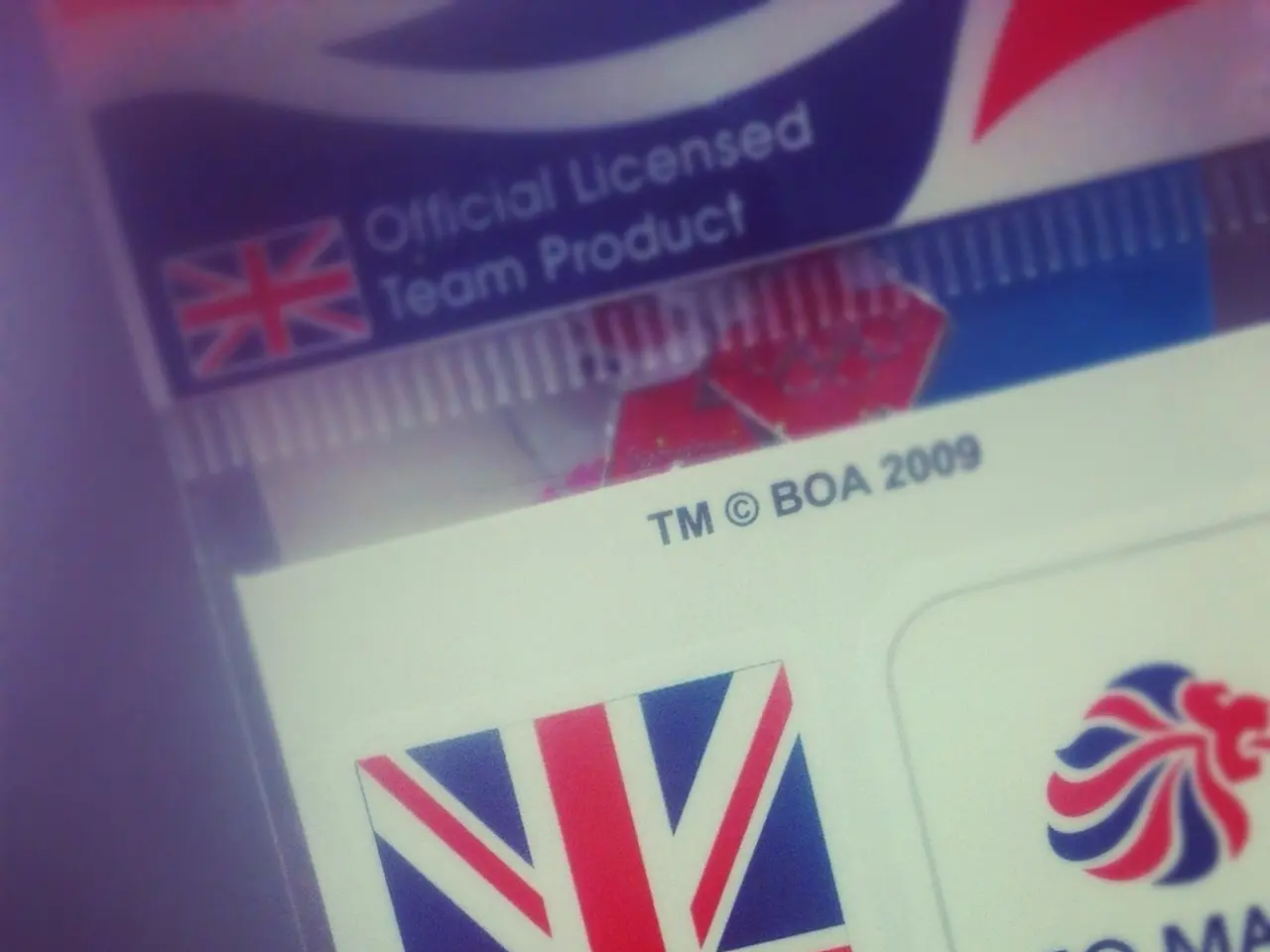Financial products that allow potential customers to check if they are eligible for credit cards without negatively affecting their credit score or undergoing a thorough credit check, referred to as 'pre-qual' or 'preapproval' offers.
In the world of credit cards, understanding the concepts of pre-qualification and pre-approval can be crucial. These two terms are often used interchangeably, but they have distinct differences.
Pre-qualification is an initial, informal evaluation based on a soft credit check or basic financial information. It indicates that you might have a good chance of approval if you apply, but it is not a firm offer. Pre-qualification generally doesn't affect your credit score since only a soft inquiry is performed [1][3][5].
On the other hand, pre-approval involves a more thorough review, still usually using a soft credit check, where the issuer signals a stronger likelihood you will be approved once you apply. It’s often considered more "official" than pre-qualification, but it still doesn't guarantee approval until you submit a formal application, which triggers a hard credit check that can impact your credit score [1][3][5].
It's important to note that both pre-qualification and pre-approval use soft pulls on credit reports, meaning no immediate credit score impact. However, the formal credit card application generates a hard pull, which can reduce your credit score slightly [1][3].
Pre-qualification is often initiated by the consumer through online tools, while pre-approval tends to be initiated by the creditor via preapproved offers sent by mail or email [3]. Because pre-approval involves more detailed checks, it carries more weight and is closer to an actual credit decision, whereas pre-qualification is more of a general indication of eligibility [5].
In summary, pre-qualification is a preliminary, informal look at your credit profile indicating potential eligibility, while pre-approval is a stronger, more official signal of likely approval pending a full application [1][3][5].
Some popular credit card issuers offering pre-qualification include American Express, Chase, Discover, Capital One, Bank of America, Citi, and Prosper [2]. If you've been pre-qualified or preapproved for a credit card, you can take it to mean the issuer is more than likely to approve you, but you won't know for sure until you formally apply.
[1] Experian. (2021). What's the difference between pre-qualification and pre-approval? [2] NerdWallet. (2021). Compare credit card pre-qualification offers from multiple issuers. [3] Credit Karma. (2021). Pre-qualification vs. pre-approval: What's the difference? [4] The Balance. (2021). Credit card pre-qualification vs. pre-approval: What's the difference? [5] Credit.com. (2021). Pre-qualification vs. pre-approval: What's the difference?
- For effective budgeting, saving and managing personal finance, seeking advice on the difference between pre-qualification and pre-approval in credit card applications is crucial.
- Pre-qualification doesn't guarantee approval but indicates a good chance of it, initiated usually by consumers through online tools or apps.
- In contrast, pre-approval involves a more detailed check, initiated by creditors, & carries more weight, being closer to an actual credit decision.
- In the banking-and-insurance industry, understanding these terms can help you compare loans, credit cards, and mortgages more effectively.
- Education on the distinction between pre-qualification and pre-approval can help you make informed choices when applying for credit cards, loans, or mortgages.
- Credit cards from issuers like American Express, Chase, Discover, Capital One, Bank of America, Citi, and Prosper offer pre-qualification options, giving consumers a chance to check their eligibility.
- Comparing pre-qualification offers from multiple issuers can help you find the best credit card for your unique financial needs and spending habits.
- To further improve your financial situation, consider adopting a personal budgeting strategy to minimize Spending and maximize Saving, all while maintaining good credit health through an understanding of pre-qualification and pre-approval.




